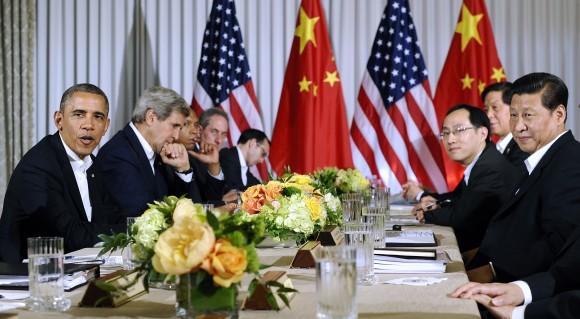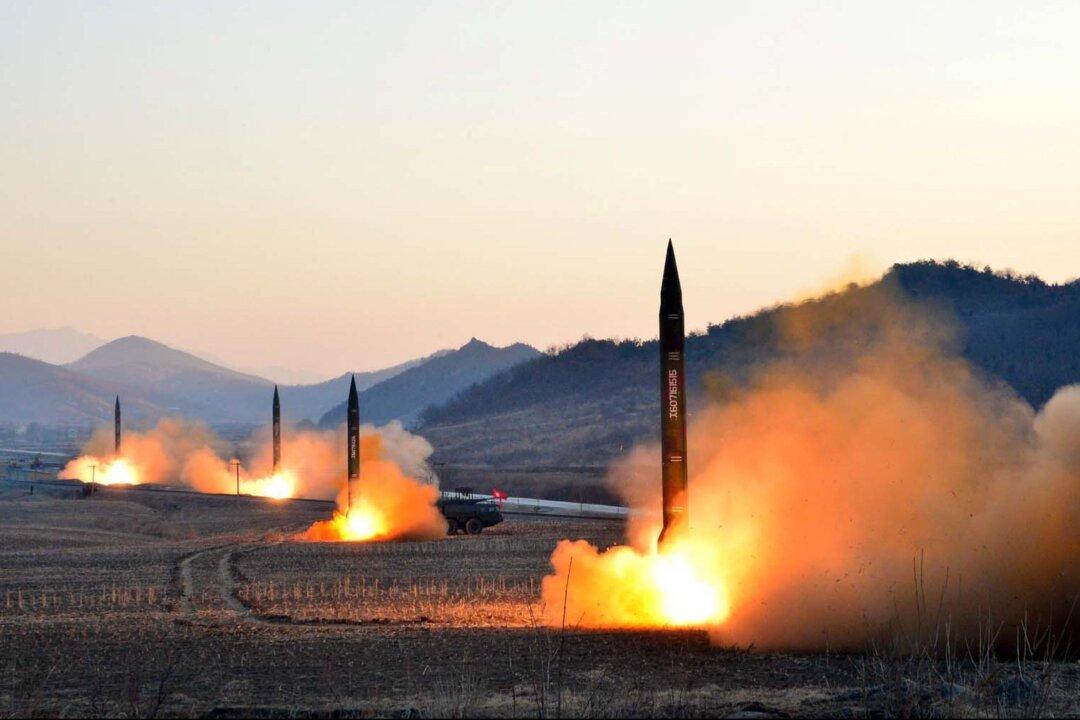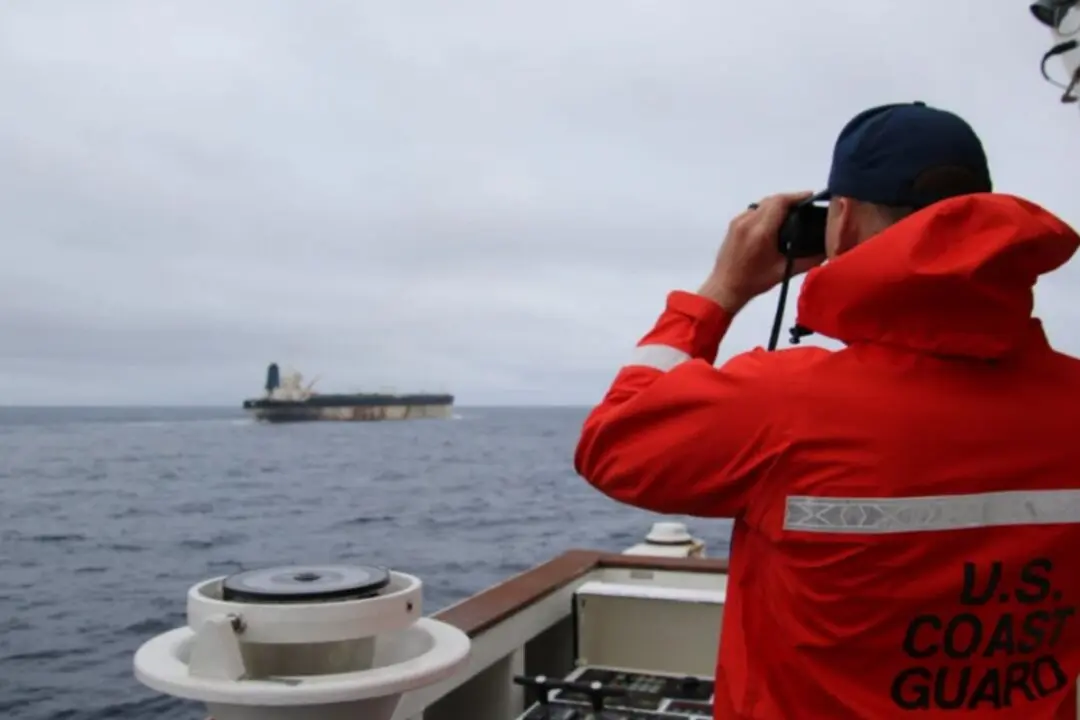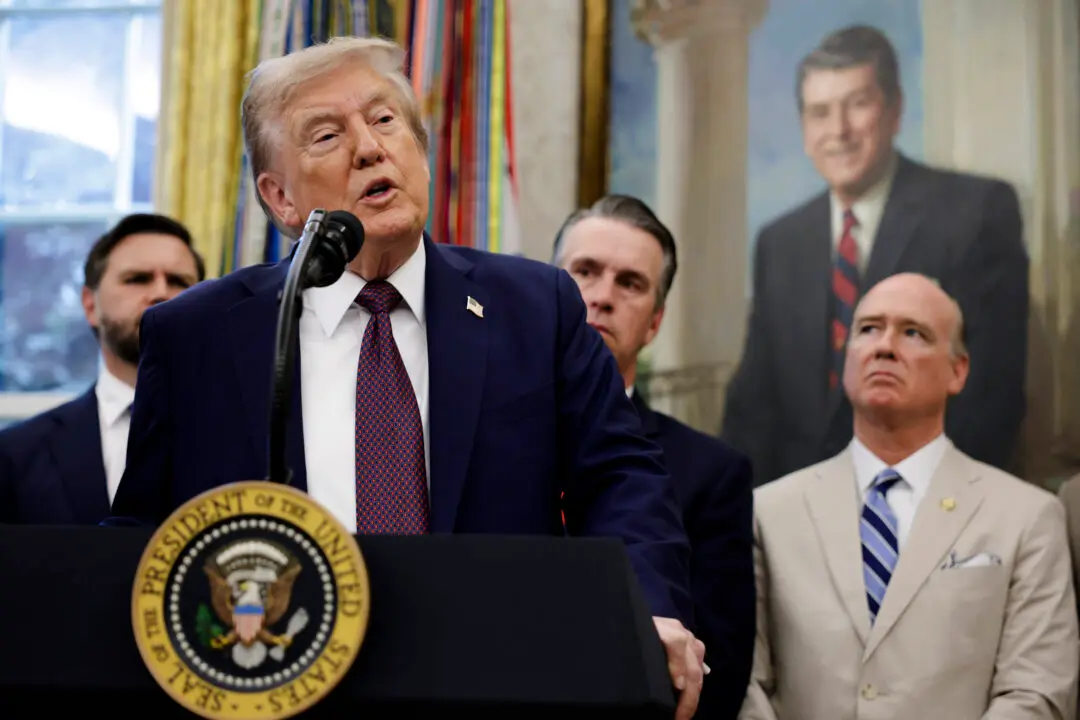North Korea carried out yet another missile test on Tuesday—but it didn’t take off as planned, reportedly blowing up immediately after launching.
“A missile appears to have exploded within seconds of launch,” Commander Dave Benham, a spokesman for U.S. Pacific Command, told Reuters.
If Benham’s assessment is accurate, the missile failure would be consistent with a report earlier this month that elaborated on a secret “cyberwar” targeting North Korea’s controversial missile and weapons programs.
According to a New York Times report in early March, the United States’ efforts may be able to sabotage test launches within a few seconds, consistent with Benham’s statement.
Before Donald Trump took office, then-President Obama was involved in infiltrating Pyongyang’s defense network. Three years ago, Obama ordered the Pentagon to ramp up cyber-attacks against Pyongyang.






